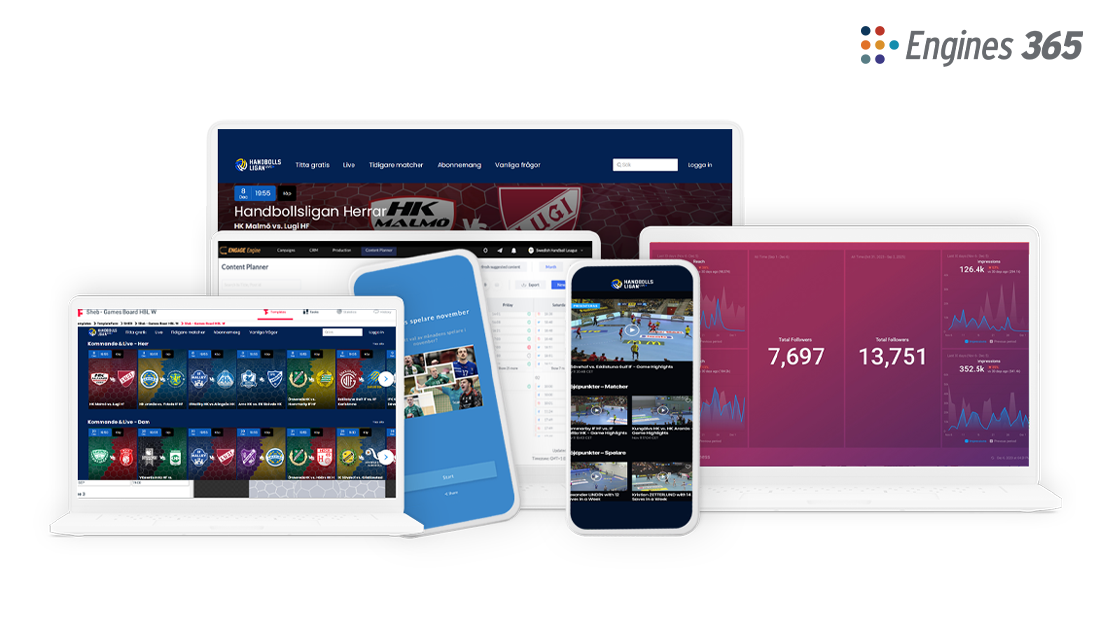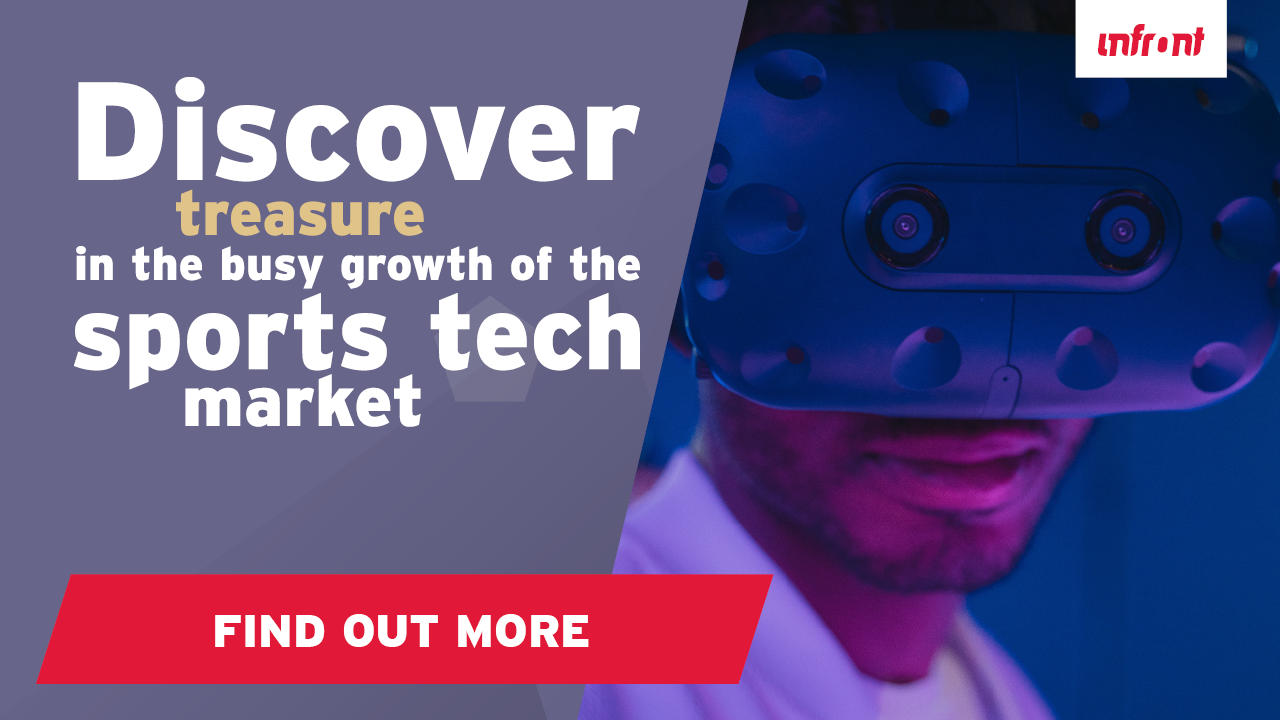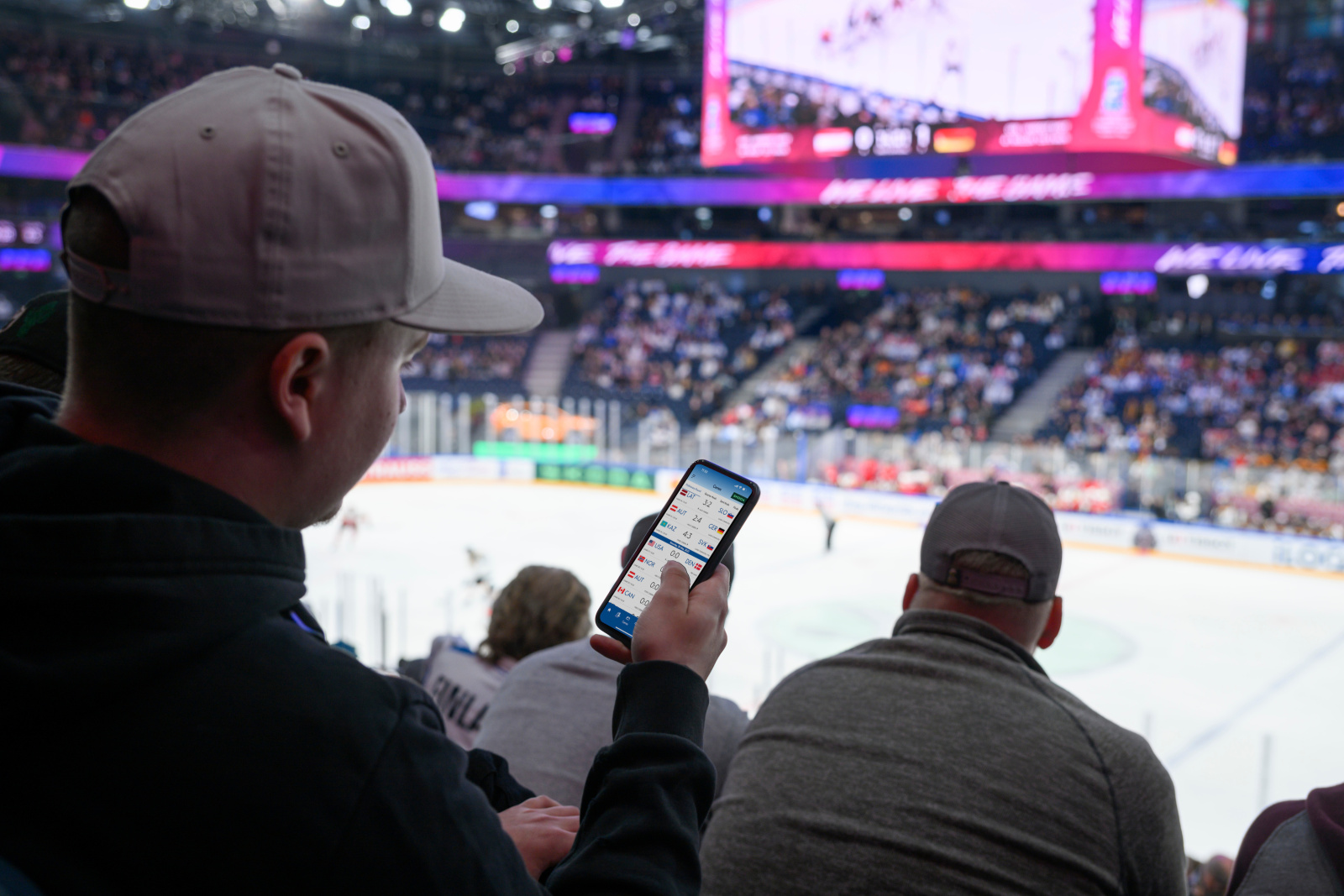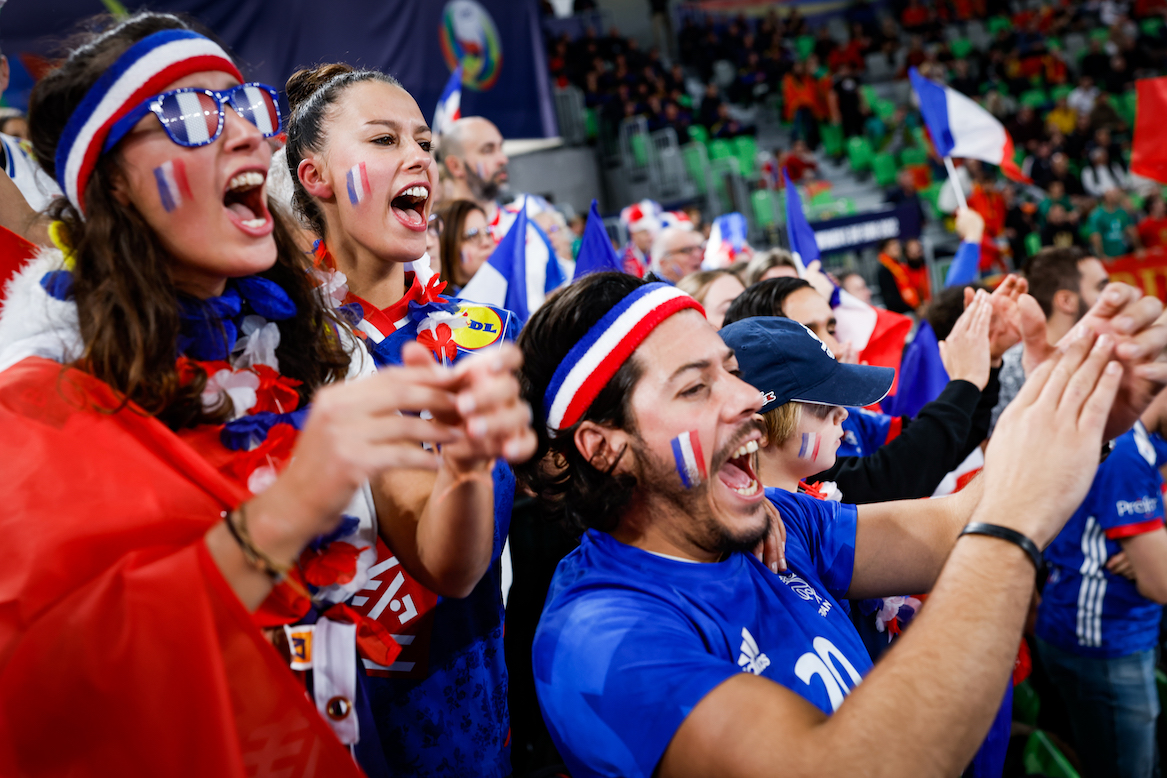Five sports technology trends to watch in 2023

How tech is unlocking new revenue streams and reshaping the sports marketing industry
Sports technology: It’s impact on rights holders and future potential
First-party vs zero-party data: what is the difference and how can they be collected?
Generative AI: What is it and how can sports organisations use it?
Your fans are more willing to provide data than you’d think
2022 flew by, and with it a whirlwind of sports and sports tech stories and developments that are sure to leave a lasting effect on our industry. The quickening pace at which technologies and trends are evolving, and some crashing, left us debating what is next for sports tech, and where should we, and others, be focusing our attention in 2023.
These are Infront Lab’s five sports tech trends to watch in 2023:
Increased use of Generative AI
Generative AI has the potential to revolutionise industries and change the way we approach problem-solving. Its ability to generate new ideas and solutions makes it a game-changer in the world of technology and beyond.
When it comes to sports technology, generative AI can be used to analyse and optimise strategies, predict outcomes, and even design training regimens tailored to individual athletes. By leveraging the power of machine learning, we can push the boundaries of what is possible and bring the sports industry into the future.
For sports marketing departments this includes new image-producing capabilities, customer service chatbots assisting fans, and additional adaptations that will simplify workflows for sports content creators and community managers, making the day-to-day easier while quickening communication with fans and improving relationships.
Infront Lab bold prediction: Pre- and post- game coverage will be created by generative AI. Athlete biographies and additional content will shift from journalists and editors rushing through content creation to highly tailored algorithms to help produce content at speed and scale for sport organisations and broadcasts.
New uses for NFTs
Since their sports world debut, NFTs have often been used for game highlights and providing fans with ‘ownership’ of specific moments and memorabilia. This year will be the year of NFT ticketing.
NFT tickets are more secure than today’s options, with unique QR codes that will help reduce fraud, illegal reselling and ticket scalping, which have long plagued the sports business (just take last year’s Champions League Final as an example). Taking it a step further, NFT ticketing eliminates the anonymous second buyer; buying and reselling tickets in NFT marketplaces will allow sports organisations to better understand who is coming to events and enables event organisers to enjoy royalties on secondary sales.
Infront Lab bold prediction: Sports organisations will begin learning from companies such as Startbucks, Reddit and Nike, focusing on quality, not quantity, moving beyond highlights to co-creation and fruitful membership programs.
New means of data collection & distribution
We’ve been talking about data for quite some time now, but this four-letter word is beginning to make a bigger impact on more sectors within our industry. From data surrounding athletic performance, to betting, and statistic-based, in-game fan engagement opportunities, the collection, distribution and use of data will become more widespread.
Meanwhile, the collection of fan data is going to become even more important, especially the methods sports organisations and rights holders use to collect this data. With Apple advancing its privacy measurements, new protection against targeted ads on Facebook and Google phasing out third-party cookies over the next year, it’s time to shift towards zero-party data collection. Data collection via fan engagement tools, such as Pico, will be key for rights holders.
Infront Lab bold prediction: Given all the privacy changes in the market, rights holders will focus on building and managing their own databases, and by doing so will get to know their fans on a more personal level. In addition, extra attention will be put on individual athletes’ fans, not just club and league fans, acquiring data that will allow for very personal experiences for each individual fan.
New age of sports content
Sports content is changing, and there are several factors that are responsible for this shift.
Netflix’s foray into sports documentaries was a game changer for sports content and we’re still feeling its ripples. The streaming company’s docuseries ‘The Last Dance’ detailing Michael Jordan’s final season in a Bulls uniform and Formula 1 series ‘Drive to Survive’ opened the floodgates for others, sparking a trend around sports content that will only continue to evolve.
Fans now get a candid look into the lives of some of their heroes. The ways in which we delve into their lives, and the capacity, will become more and more creative and engaging. On the other hand, niche sports have the chance to blow up in popularity due to behind the scenes documentation of every event, just like ‘Drive to Survive’ launched F1 to new heights around the world.
This point is made even stronger by Generation Z’s interests, which go beyond what happens between the first and final whistle. They’re searching for the behind the scenes content; the locker room footage, personal Vlogs and any content that allows them to feel closer to athletes. This also allows athletes to become content creators on their own, telling their stories in the way they want rather than selling it to others to tell.
Netflix’s latest docuseries ‘Break Point’ - which follows tennis stars at Grand Slam events - is due to be released this month, so keep an eye on tennis viewership ratings.
Infront Lab bold prediction: Storytelling will shift from big production companies to the athletes themselves, allowing them to provide first-hand accounts of some of the biggest moments in their careers, and determine where and to whom it will be broadcast (or streamed).
Return to tech-backed stadiums
In-stadium experiences are changing since fans returned to their spots in the post-Covid era. SoFi Stadium in Los Angeles has been one of the leaders in testing and implementing technologies, most recently introducing new AR tech designed by ARound that allows fans to interact with both the physical and the digital while watching the game.
Other advances include offering fans flexible subscriptions and memberships for in-venue tickets rather than the soon-to-be outdated season ticket holder model, and crowd density and stadium entrance technologies that make arriving to and navigating within venues easier for fans.
But will these technologies gain the attention of younger fans? According to Morning Consult research, nearly half of Generation Z never attended a live sporting event. Will and can new tech reverse this trend? We’ll be keeping an eye on the numbers.
Infront Lab bold prediction: In-venue AR glasses will be experimented with in multiple sports with multiple tech vendors. This will be somewhat similar to 3D glasses we once used in cinemas, but with more focused features such as stats and live graphics for sport events in real-time.








